
 Instagram
Instagram
Swedish Full Body Massage: Benefits and What to Expect

Related products
Swedish full-body massage is a globally recognized and widely practiced therapeutic touch that focuses on muscle relaxation and targets superficial muscles to enhance physical healing. Endorsed by various medical professionals worldwide due to its multifaceted health benefits, it's considered an essential component in complementary medicine.
Experts often regard Swedish massage as one Hellenic form for rejuvenating corporal and psychological wellbeing. According to Dr. Mark Rapaport from Cedars-Sinai Medical Center in Los Angeles, patients who received Swedish massages showed significant decreases in levels of the stress hormone cortisol, which can result in an improved overall relaxed condition.
Dr. Mary O'Brien from Harvard Medical School highlights that "Swedish massage is particularly effective for muscle detoxification because it stimulates lymphatic drainage." This form supports physiological health improvements, such as enhanced immune function, and psychological benefits, like reduced anxiety symptoms.
According to the 2022 data published by the American Massage Therapy Association (AMTA), approximately 52% of adults who opted for massages sought it primarily for medical purposes, including pain management. A substantial percentage—nearly 67%, reported a marked reduction in stress levels immediately after their therapy sessions. Furthermore, those enduring chronic conditions such as arthritis or fibromyalgia have frequently observed significant relief following consistent therapeutic interventions employing Swedish techniques.
The beauty lies within its simplistic nature, where the calming strokes help promote circulation while relieving musculoskeletal strains. Yet it is so powerful that it has been reinforced systematically through clinical trials about its pleasant effects, especially in combating work-related stresses and enhancing post-operative recovery periods more effectively than other types if done routinely over a time span.
Without using any jargon—what's more engaging here is what happens inside during those heavenly moments beneath hands gliding smoothly across skin surfaces lit up under dim lights surrounded by aromatic scents, making every breath matter even more. So let's take a step further, unraveling secrets behind closed doors and diving deeply into a magical journey showcasing actual scenarios encountered once someone opts for having the first-ever Swedish Full Body Massage.
What is a Swedish Massage?

Swedish massage is a form of therapeutic bodywork designed to relax the entire body. Achieved through long, gliding strokes in the direction of blood returning to the heart, it's more than a mere relaxation technique.
At its core, Swedish massage embodies five basic kneading motions - effleurage (sliding or gliding), petrissage (kneading), tapotement (rhythmic tapping), friction (cross fiber), and vibration/shaking. Each stroke serves distinct purposes: Effleurage increases blood flow, Pettrisage releases knotting within muscle fibers, while others like Tapotement or Friction help warm up tissues, preparing them for deeper work, rendering an overall holistic approach by releasing chronic muscular tension followed by calming down the nervous system simultaneously.
Originating from Sweden and developed by physiologist Per Henrik Ling at the University of Stockholm in 1812—thus named 'Swedish'—it laid the foundation stone for the modern Western concept of Massage Therapy, which involves the manipulation of soft tissue, including muscles, tendons, and ligaments, useful for fostering optimal health and reducing recovery time among athletes after intensive workouts.
Techniques of Swedish Full Body Massage
Swedish massage employs five fundamental techniques, each serving a specific purpose in the overall therapeutic process. Here's what they entail:
Effleurage
This technique features long, sweeping strokes generally used at the start and end of the Swedish massage to warm up and calm down muscles, respectively. The pressure exerted is light-to-moderate, aiding circulation and promoting relaxation while setting a rhythm for deeper work.
Petrissage
It is known for kneading movements, where therapists use their hands or fingers to roll, squeeze, or press soft tissues against one another. This assists muscle fiber mobilization, enhancing circulation and breaking down knots, thereby ensuring better absorption of nutrients within the body.
Tapotement
Characterized by rhythmic tapping typically using sides of hands (sometimes palms or fists), tapotement intends to wake dormant nerves & tired musculature - making it a great tool before any sports event involving high levels of physical activity requiring quick rejuvenation kickstart off energetically.
Friction
Often perceived as a 'warming stroke,' friction revolves around applying forceful pressures along deep-lying layers beneath the skin's surface either through pressing circularly across small areas with fingertips, thumbs, fingers, palms, or heels, even allowing temperature rise, loosening stiffness, eventually permitting access into hidden realms lurking behind tough fascial barriers reigning free afterward amidst longer sessions uninterrupted dedicated involvement therapist side.
Vibration/Shaking
The final yet crucial move involves rapidly shaking vibrating parts until the entire segment gets subtly oscillated and unlocked mysteriously, providing unexpected relief out of nowhere. A thousand waves of calming energy pass across, leaving no stone unturned and exploring every inch of detail.
These maneuvers are interconnected and beautiful, weaving an intricate masterpiece aiming towards optimal health, happiness, and the bar for king new adventures and cherishing anched life ahead.
Benefits of Swedish Full Body Massage

Stress Relief: The soothing strokes of Swedish massages are known to ease tension and anxiety by inhibiting the body's stress responses triggered by the sympathetic nervous system. This leads to decreased levels of cortisol (stress hormone). This shift fosters a more relaxed state, improving mood along with reduced signs and symptoms related to chronic stress, such as headaches or sleep disturbances.
Improved Blood Circulation: Techniques employed in Swedish massage, like effleurage, promote circulation throughout the body. This ensures adequate oxygen supply for optimum cell function while reinforcing detoxifying abilities through increased toxin removal rate aided via stimulated blood flow, rendering overall systemic betterment healthwise.
Muscle Relaxation & Pain Alleviation: The perissage technique works deep into muscle layers, kneading knots out from tense fibers that cause pain and stiffness, especially in individuals suffering from chronic musculoskeletal conditions like arthritis or fibromyalgia. Thus, it brings immediate relief while promoting relaxation across affected areas subtly yet noticeably over time upon consistent application intervention-wise.
Enhanced Flexibility & Range Of Motion: By releasing muscular tension, it smooths the way towards enhanced flexibility, ensuring a greater range of movement essential during post-injury/surgery healing phases, where restricted mobility often serves as a major hurdle hampering efficient recovery. Eventually, it adds value to life quality-wise, enhancing daily living activities and performance seamlessly, no matter what age group belongs.
Sleep Quality Improvement: Massage sessions trigger endorphin release, natural 'feel-good' hormones aiding the production of hormones regulating the sleep cycle. This leads invariably to restful nights wherein each cell gets a chance to restore repair overnight, preparing a fresh start next dawn and serving an energy-packed day filled with zest and enthusiasm unimaginable otherwise.
Support Immunity Function: According to scientific studies conducted by reputable institutions worldwide, regular physical touch therapies exponentially increase white blood cell count- key players providing first-line defense against invading pathogens, assuring boosted immune response so crucial amidst today's challenging times when maintaining peak immunity utmost priority bearing strong fighting chances surviving prospering dynamic environment that poses threats from diseases so often unpredictably.
Risks of Swedish Full-body Massage
While Swedish full-body massages are considered safe and beneficial, certain risks require mindfulness. Some of these include:
- Allergic Reactions: Sensitive individuals might experience unpredictable allergic reactions to oils or lotions used during the massage. Thus, it's important to inform therapists about any known allergies before the session commences.
- Circulatory Issues: Individuals with underlying circulatory conditions—like varicose veins or blood clots—need to exercise caution. Increased circulation post-massage raises chances of dislodging those clots, which can prove fatal at times. In addition, it can aggravate the severity of pre-existing issues unknowingly when precautions are ignored unintentionally.
- Skin Infections/Bruising: Broken skin/abrasives are vulnerable to infection risk; even healthy skin is prone to bruising aftermath owing to deep kneading techniques applied, especially among the thin-skinned elderly population who easily wind up getting bruises despite the therapist being gentle throughout care and not taken appropriately.
- Exacerbation Chronic Health Conditions: Certain chronic health disorders such as heart disease-cancer-highly infectious ailments (Tuberculosis/HIV/AIDS) get negatively influenced by massage therapies, hence contraindicated cases whereby further damage control becomes challenging afterward once symptoms exacerbate uncontrollably beyond clinical management reach then onwards.
- Post-Massage Malaise/Dizziness: Due to the stimulated detoxification process aided by enhanced blood flow, toxins get mobilized into the bloodstream immediately after leaving someone feeling unwell, temporarily causing nausea, dizziness, and headache-type malaises. Soon after, a sufficient recovery period is required, adjusting body homeostasis gradually until the system re-balances itself normally.
What to Expect
Before the massage session, clients discuss their overall health status and specific concerns with the therapist to ensure a fulfilling, bespoke experience. This awareness allows therapists to tailor strategies to suit each person's unique needs, bringing forth desired results while uncompromisingly maintaining the safety threshold.
During the Swedish full-body massage, guests are draped in linen, ensuring privacy, while only the area getting worked upon remains exposed at any given time for comfort's sake! Here's where magic unveils — starting lightly onto the back and gradually moving towards the lower body; every stroke syncs rhythmically, building momentum and calming down the nervous system while paving way deeper kneading work done after that, focusing on knotting areas, specifically further transitioning upwards, reaching shoulders, neck, finally ending the head region, leaving no stone unturned-unraveling mysteries untold hitherto!
The post-massage moment is just as vital - feeling light-headiness or mild discomforts common due to swift shifts within systemic dynamics immediate aftermath owing to detoxifying abilities stimulated internal milieu successfully hence need to understand- these signs signal bodily adjustments towards betterment rather than adverse effects contrary to majority beliefs held public wide wrongly usually. Opting for nutritious meals and ample hydration helps flush out mobilized toxins quickly. Besides, opting for an adequate rest period helps reset cellular balance efficiently until ready to bounce back energetically and start anew afresh next dawn onwards cheerfully ever more so!!
Overall, expect a shift beyond mere physical relaxation, diving into depths of holistic rejuvenation whereby the mind-body-soul triad interconnects beautifully, transforming ordinary existence into an extraordinary journey filled with newer insights-healthful experiences cherishing life's fullest potential without compromising individuality yet embracing universality essence, unlimited abundance flowing freely across the universe meant all equally deserving ones selflessly whole-heartedly!
Bottom line
Swedish full-body massage, a globally recognized therapeutic practice, was developed by Per Henrik Ling and offers remarkable benefits with techniques such as Effleurage, Petrissage, Tapotement, Friction, and Vibration. Proven to contribute to stress relief to immune function enhancement - it does bear certain risks requiring necessary precautions. The comprehensive experience includes a pre-session health discussion followed by the therapist skillfully employing strokes that balance tension release and relaxation for an optimal wellness regime post-session. The importance lies not only during and after the therapy when proper nutrition & hydration support toxin elimination — making Swedish massages indeed a fruitful endeavor towards holistic well-being.
Frequently Asked Question
What does a Swedish massage do for your body?
A Swedish massage facilitates muscle relaxation, enhances blood circulation, and eases stress - thus promoting overall wellness.
What happens to the body after a Swedish massage?
After a Swedish massage, the body undergoes several beneficial shifts, including toxin mobilization due to improved circulation; hence, one might experience temporary mild discomfort or light-headedness as signs of systemic adjustments.
What body parts does Swedish massage include?
Swedish massages typically involve most parts of the body, notably the back, shoulders, legs, and neck, with hands and feet included at times depending on an individual's comfort level and consent.
What should you expect from the first Swedish massage?
Upon your first visit for a Swedish Massage session, anticipate an initial consultation to discuss your health history, followed by tailored therapy involving long gentle strokes building up towards deeper work over knotted muscular regions, ensuring a comprehensive regeneration journey.
When can I shower after a Swedish massage?
After receiving this type of therapeutic touch, showering isn't generally advised immediately because it could interrupt the natural oil absorption process underway onto the skin surface post-session. Most professionals recommend waiting a few hours, ideally, to allow the effects to settle in properly before taking the next bath.

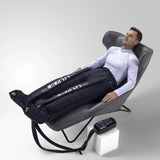

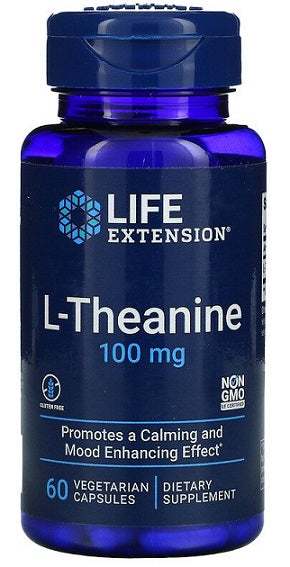
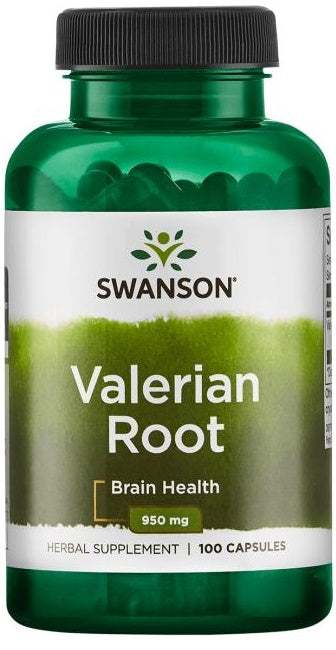

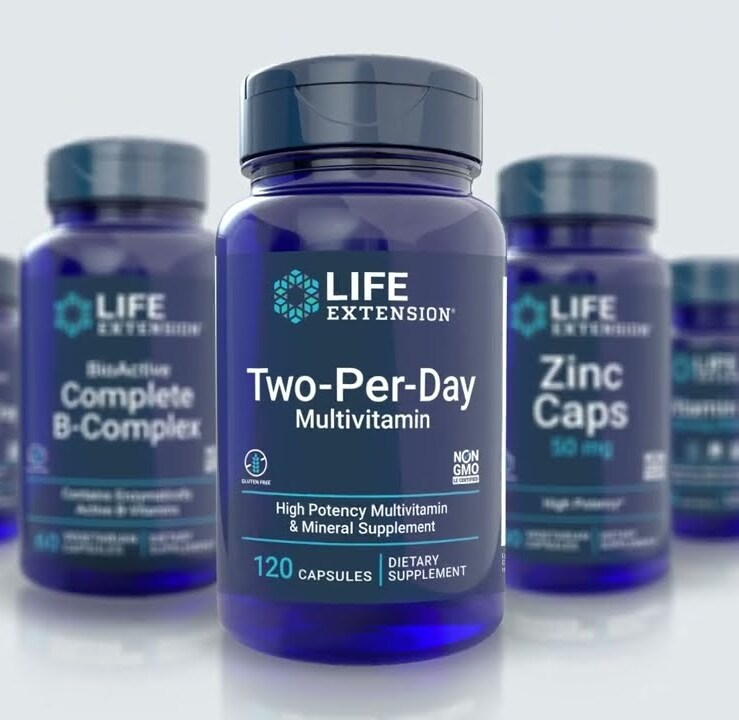
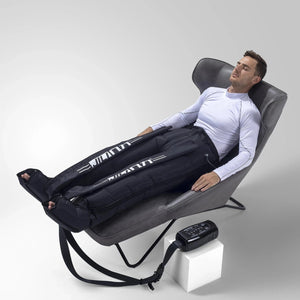


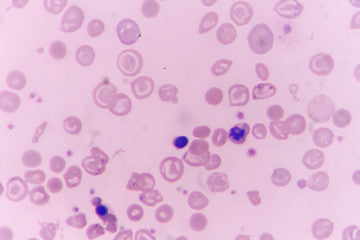

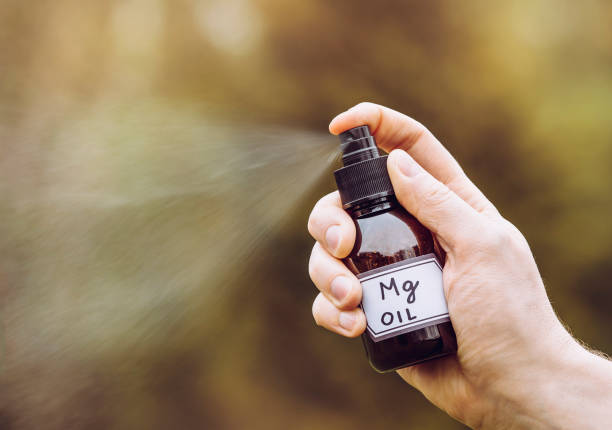
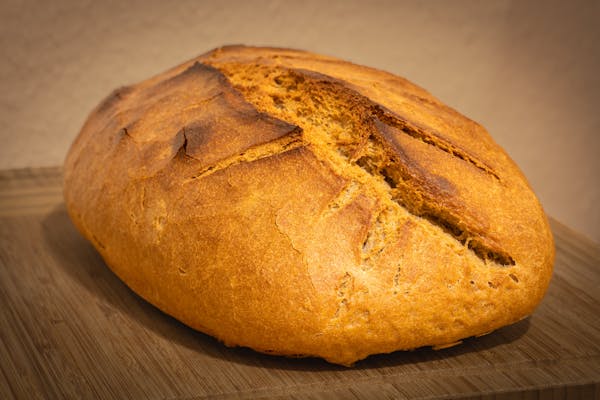
 Rated Excellent by 26,523+ Reviews
Rated Excellent by 26,523+ Reviews